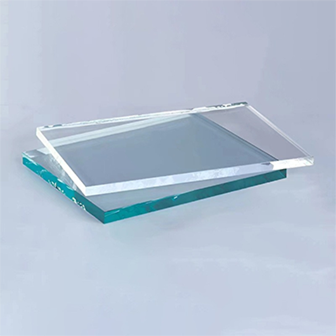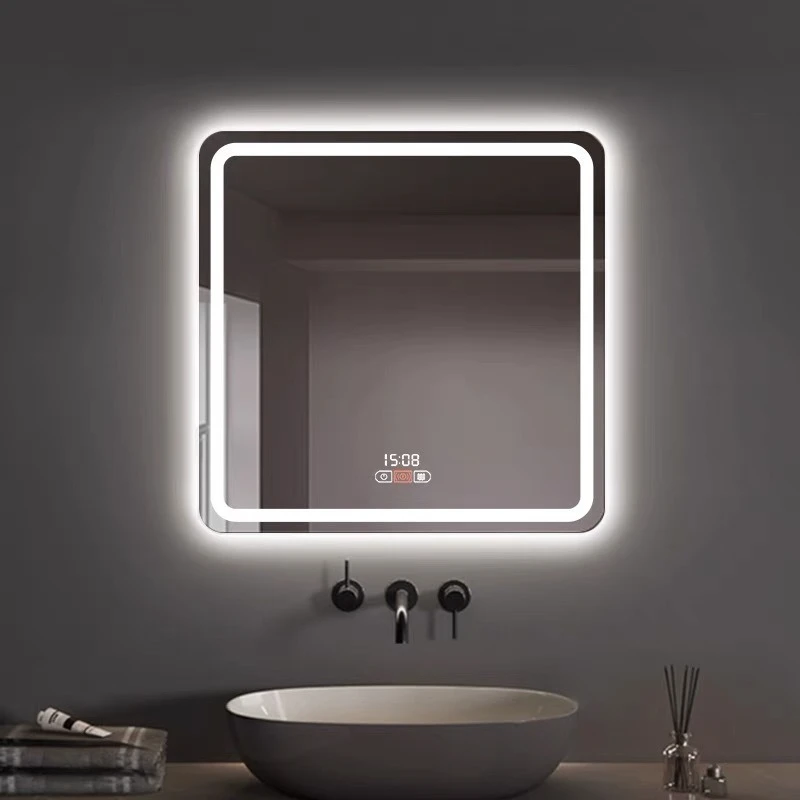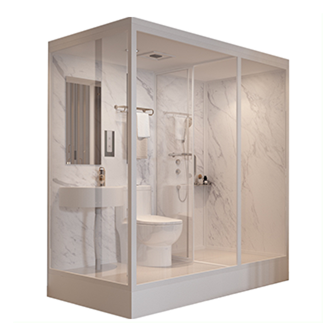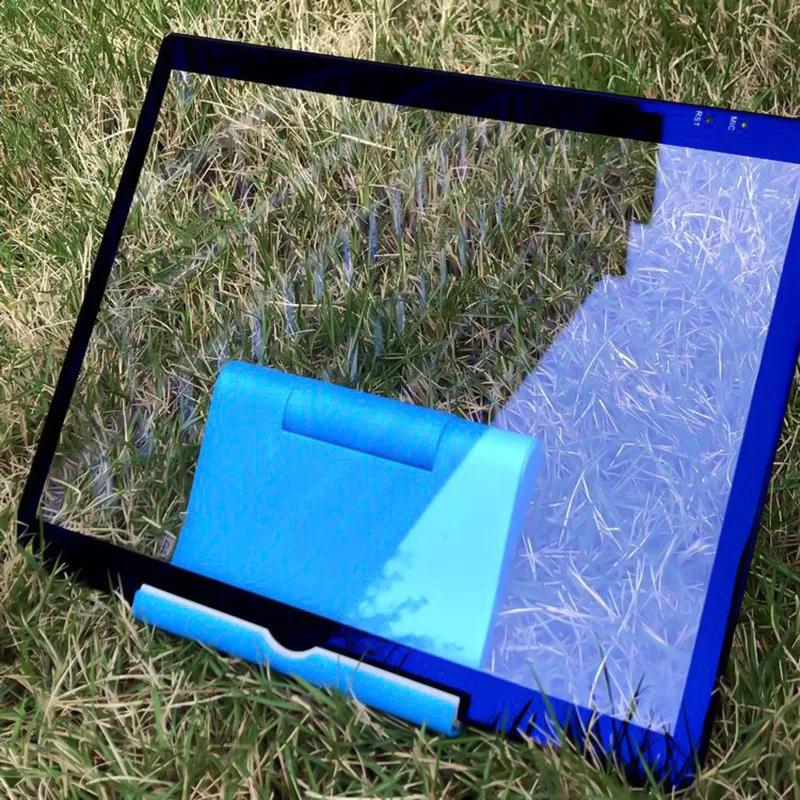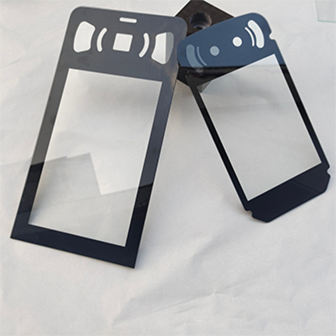Nov . 15, 2025 20:30 Back to list
Discover the Versatility and Benefits of Pink Frosted Glass | China Mirror Glass
Pink Frosted Glass: A Modern Material with Global Significance
Pink frosted glass, while it might sound like an artistic whimsy, has taken on surprisingly broad importance across numerous industries worldwide. From architecture to product design, and even specialty humanitarian uses, its blend of aesthetic allure and functional performance makes it increasingly relevant. Understanding what pink frosted glass is and how it’s applied can unlock insights into material innovation, sustainability challenges, and design trends shaping multiple sectors today.
The Global Context: Why Pink Frosted Glass Matters Now
At first glance, pink frosted glass may seem niche, yet globally, glass manufacturing is a multi-billion-dollar industry integral to construction, automotive, electronics, and more. According to the World Glass Association, surface-treated and decorative glass accounts for around 15% of all processed glass sales. The rise in environmental standards and architectural creativity pushes demand for products marrying beauty with energy efficiency and durability. Pink frosted glass effectively answers this call by offering a colored, translucent alternative to plain glass that can simultaneously reduce glare, add privacy, and introduce color without heavy pigments or additives.
However, challenges such as cost optimization, UV resistance, and compatibility with energy-saving coatings mean innovation is essential. This is especially true in regions like East Asia and Europe, where sustainable design practices are rigorously enforced.
What Is Pink Frosted Glass?
Simply put, pink frosted glass is a type of glass that has been chemically or mechanically treated to produce a translucent surface with a soft, matte finish paired with a delicate pink tint. Unlike painted or laminated pink glass, the frosted finish is integral, reducing light transmission and diffusing reflections. This combination makes it a prime candidate for privacy screens, decorative panels, and artistic installations.
Interestingly, beyond pure aesthetics, pink frosted glass finds use where glare mitigation and diffused natural light improve indoor environments — in offices, healthcare spaces, and even in some humanitarian relief shelters needing privacy without sacrificing daylight.
Key Characteristics of Pink Frosted Glass
Durability
Pink frosted glass undergoes treatments that increase its surface hardness, making it less prone to scratches and chips compared to untreated glass. This is essential for its use in areas with frequent contact or potential impact, e.g., partitions in public spaces.
Light Diffusion and Privacy
The frosting scatters incoming light, greatly reducing visibility through the glass while keeping spaces bright and airy — a subtle balance not many materials strike well.
Color Stability
The gentle pink hue is incorporated to ensure longevity under UV exposure. Many manufacturers use baked-on coatings or embedded minerals rather than surface paints, which fade or peel over time.
Customization
From size and thickness to frost intensity and hue saturation, pink frosted glass is typically customizable per project demands, allowing architects and designers a versatile toolkit.
Environmental Considerations
Many suppliers now produce variants that comply with ISO 14001 environmental management standards, meaning the glass is largely recyclable, and manufacturing processes reduce emissions and waste.
Mini takeaway: Pink frosted glass isn’t just about looks—it’s a material designed for durability, privacy, and sustainable application.
How Pink Frosted Glass is Used Around the World
We see pink frosted glass usage span continents and industries:
- Architecture: Decorative facade elements and interior partitions in Europe and Asia.
- Healthcare: Privacy panels that diffuse light softly in hospitals.
- Hospitality: Boutique hotels leveraging its warmth and softness in lounges and spas.
- Humanitarian applications: Temporary shelters and relief facilities favor versions that provide privacy without feeling closed off.
For instance, in Japan’s urban high-rises, pink frosted glass panels soften harsh city light, improving resident comfort. Meanwhile, Scandinavian offices use it to blend privacy with daylight access — a nod to well-being at work.
Advantages & Long-Term Value
Building with pink frosted glass offers logical and emotional payoffs:
- Cost Efficiency: Though a bit pricier upfront, reduced need for curtains or blinds lowers maintenance expenses.
- Sustainability: Many types incorporate recycled glass and long-life coatings, cutting lifecycle emissions by up to 30% compared to alternatives, per ISO standards.
- Social Impact: Enhances perceptions of safety and dignity in public or sensitive spaces.
- Reliability: Engineered for harsh climate resistance, which avoids frequent replacements.
Frankly, it feels like a subtle innovation that quietly enhances daily environments — rather than shouting for attention.
Product Specification Table
| Specification | Details |
|---|---|
| Thickness | 4mm, 6mm, 8mm standard |
| Color Hue | Soft pink, customizable saturation |
| Light Transmission | 30%-50%, depending on frosting level |
| Surface Finish | Chemically or sandblasted frosted |
| UV Resistance | High, baked-on coatings standard |
| Compliance | ISO 14001, CE certified |
Comparing Leading Vendors of Pink Frosted Glass
| Vendor | Customization | Environmental Standards | Delivery Lead Time | Price Range (USD/m²) |
|---|---|---|---|---|
| China Mirror Glass | High — thickness, hue, finish | ISO 14001 compliant | 2-3 weeks | $15-$25 |
| EuroGlass Solutions | Medium — preset shades | CE certified | 3-4 weeks | $18-$28 |
| Asia Frosted Glass Corp | Low — limited colors | TBD | 1-2 weeks | $12-$20 |
Future Innovations and Industry Trends
Technology never stops, and pink frosted glass is no exception. Many manufacturers are embracing digital printing techniques allowing intricate, customizable frosting patterns paired with pink shades — marrying art and function. “Smart glass” coatings that adapt opacity in response to light or temperature may soon feature subtle tints like pink, upending standard window design as we know it.
Sustainability-focused trends drive production toward greater recyclability and reduced carbon footprints. The UN’s Sustainable Development Goals incentivize innovations that embed energy-saving glass technologies in new builds globally, making pink frosted glass an eco-friendly heating and lighting solution in one.
Common Challenges & Modern Solutions
It’s fair to say pink frosted glass faces some hurdles. Cost premiums compared to standard glass can be a sticking point. Weathering issues such as frosting erosion or fading under extreme UV remain concerns, especially in harsh climates. Also, some installers struggle with cutting and polishing frosted glass without ruining the finish.
Fortunately, advanced coatings and protective films now extend lifespan, while pre-frosted laminated panels simplify installation. Industry experts recommend partnering closely with manufacturers for bespoke solutions to ensure the glass fits both technical and aesthetic criteria. As user demand grows, economies of scale may eventually make pink frosted glass a more affordable option for broader projects.
FAQ: Frequently Asked Questions About Pink Frosted Glass
What makes pink frosted glass preferable over clear or tinted glass for interior spaces?
Pink frosted glass blends privacy and ambient light diffusion better than plain tinted glass. It softens harsh direct sunlight, reduces glare, and adds a calming hue that promotes comfort, making it ideal for offices, healthcare, and hospitality settings.
How durable is pink frosted glass compared to standard glass?
Thanks to chemical or mechanical frosting treatments, the surface is harder and more scratch-resistant than untreated glass. While not as tough as tempered glass, it holds up well to daily wear, especially when paired with protective coatings.
Can pink frosted glass be recycled or reused?
Yes, most pink frosted glass is fully recyclable. Many manufacturers follow environmental management standards (ISO 14001), and recycled glass content is often included during production — making it an eco-friendly choice.
Is customization available for the shade and frosting intensity?
Absolutely. Vendors like China Mirror Glass offer bespoke options in thickness, frost density, and pink hue saturation to meet designers’ precise needs.
How long does delivery typically take for custom pink frosted glass orders?
Delivery times depend on complexity and quantity but generally range from 2 to 4 weeks. Planning ahead is advisable for large-scale or highly customized projects.
Conclusion: Beauty Meets Function in Pink Frosted Glass
Pink frosted glass stands as a subtle yet powerful material that merges form and function. Its global applications, from vibrant office spaces to delicate privacy barriers in healthcare, underscore a growing trend toward thoughtful, sustainable design. While challenges exist, innovation and customization options promise a bright future.
If you’re considering incorporating pink frosted glass in your next project, whether architectural or industrial, I highly recommend visiting China Mirror Glass to explore their extensive range. It feels like the material’s potential is just beginning to bloom — and frankly, it’s worth watching.
References
-
Types of Reflective Glass
NewsNov.17,2025
-
What Is Dichroic Glass?
NewsNov.17,2025
-
Smart LED mirrors can have touch controls
NewsNov.17,2025
-
Laminated glass improves energy efficiency
NewsNov.17,2025
-
Insulated glass enhances building comfort
NewsNov.17,2025
-
Acid etched glass offers elegant privacy
NewsNov.17,2025
Related PRODUCTS


